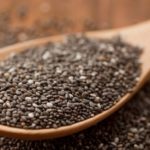When you think of taro, you might picture a knobby, small root vegetable. But after reading this article, you’ll see these roots in a whole new light as they offer some amazing health benefits. Join Bach Hoa Xanh as we explore this “miraculous” vegetable!
1 Nutritional Value of Taro

First, let’s talk about the nutritional compounds found in taro roots. According to Doctor Le Thi My Duyen, taro is a good source of protein, carbohydrates, and minerals such as calcium, phosphorus, iron, potassium, zinc, and magnesium. Additionally, taro provides dietary fiber, healthy fats, and essential vitamins like A, B6, C, E, and K.
2 Health Benefits of Taro
In this section, you’ll discover the surprising and wonderful health benefits of taro, which can contribute to a healthier and more positive lifestyle.
Boosts Digestion

According to a nutritional analysis by the Food Safety Authority, taro is high in fiber, which supports digestive health and facilitates the movement of waste through the intestines. Adequate fiber intake also helps prevent constipation and irritable bowel syndrome. It can also increase feelings of fullness and curb appetite.
Some studies suggest that consuming fiber and resistant starch may reduce the risk of inflammatory bowel disease and colorectal cancer.
Cancer Prevention

Taro contains polyphenols, complex compounds derived from plants. These polyphenols possess natural antioxidant properties, enhancing the body’s ability to prevent prostate and breast cancer, as indicated by in vitro experiments.
Specifically, quercetin, the primary polyphenol found in taro, can inhibit cancer cell growth due to its antioxidant properties, which prevent damage from oxidation. Additionally, quercetin supports apoptotic activity to stop cancer cell growth at various stages.
Heart Health

Doctors often recommend consuming adequate fiber to prevent cardiovascular and coronary heart diseases, and taro contains a good amount of starch and fiber. Fiber plays a crucial role in reducing LDL, the “bad” cholesterol.
The resistant starch in taro offers several metabolic benefits. It reduces insulinemia, improves insulin sensitivity, increases satiety, and decreases fat storage in the body. As a result, it helps improve blood circulation, prevent blockages, and maintain a healthy and stable heart.
Immune System Support

Taro contains antioxidant, immunomodulatory, hypoglycemic, and antibacterial compounds. All these characteristics can work together with the bioactive compounds in taro, namely phenolic compounds, glycoalkaloids, saponin, phytic acid, and bioactive proteins, to strengthen the human immune system.
Promotes Blood Circulation
Resistant starch, a type of starch not properly digested in the small intestine and instead reaching the large intestine, is present in taro. This resistant starch acts as a substrate, influencing fermentation and the production of fatty acids in the human body.
Specifically, post-meal blood glucose and insulin responses are reduced, lowering blood cholesterol and triglycerides while improving overall insulin levels. This, in turn, maintains the free-flowing activity of blood vessels and prevents blockages in the bloodstream.
Weight Loss Support

The compounds in taro help balance blood sugar levels, reduce and control lipids and triglycerides, leading to weight regulation and maintenance of body mass index (BMI). Additionally, taro provides sufficient nutrients like protein, calcium, thiamine, phosphorus, riboflavin, niacin, and vitamin C, promoting healthy skin and overall well-being.
A verified study showed that men who consumed a food supplement containing 24 grams of resistant starch before meals consumed approximately 6% fewer calories and had lower insulin levels after meals compared to the control group.
3 How to Choose Delicious, Non-Woody Taro
Here are four ways to select tasty, non-woody taro roots for your family meals:
External Appearance
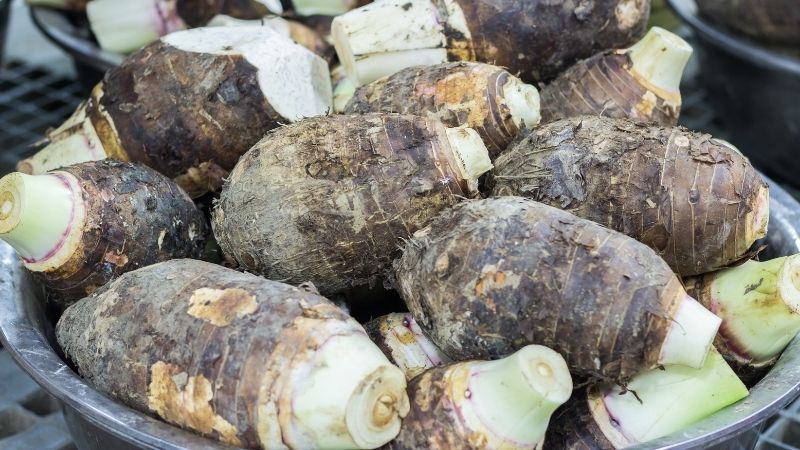
Look for roots with moist soil attached, indicating they were recently harvested and are fresh. Also, check the outer hairy layer for any spots, mold, or rot.
Weight
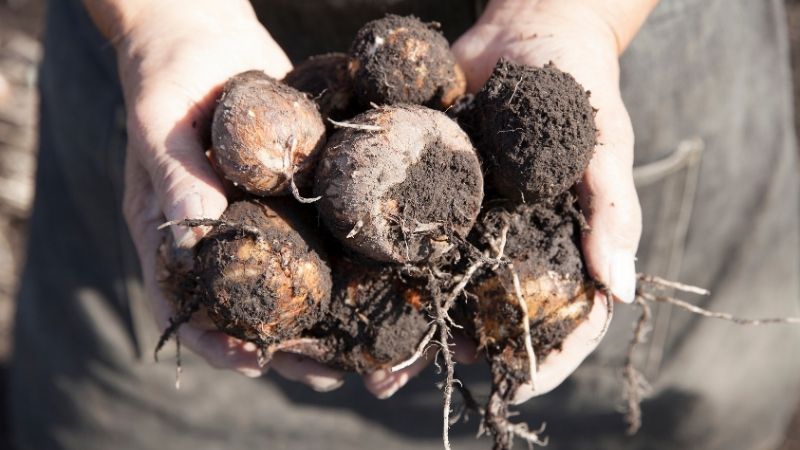
This is considered the most intuitive and effective method. Take two taro roots and weigh them in your hands. If the heavier root feels denser, it will have more water inside, resulting in a blander taste and a woodier texture when cooked. Conversely, lighter taro roots have less water, and when cooked, they taste sweeter, nuttier, and more aromatic.
Inspect the Taro’s “Eyes”
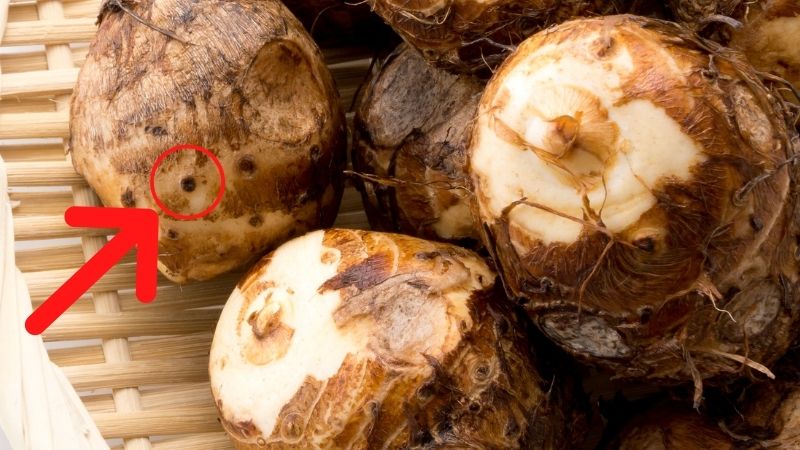
Choose roots with more indentations, also known as the taro’s “eyes.” The more indentations, the tastier and more delicious the root will be.
Examine the Cross-Section
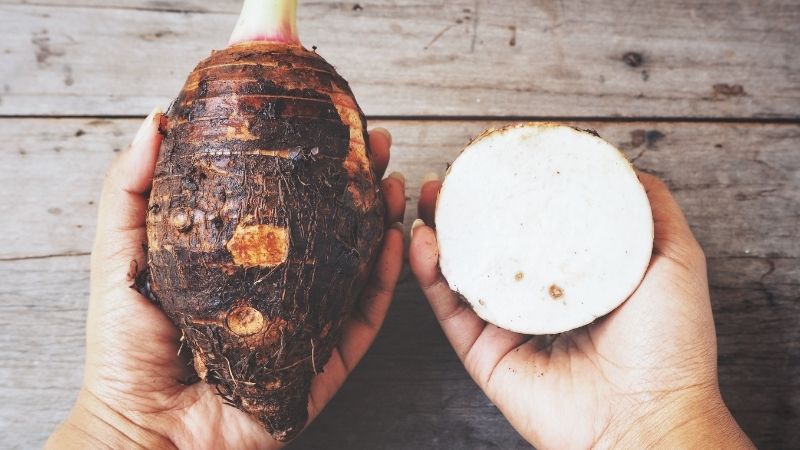
For larger taro roots, sellers often cut them in half. Observe the cross-section, and if the inside is a deep purple-red color, it’s a tasty root. Conversely, if the inside looks pale, the taro will not taste good when cooked.
4 Delicious Taro Recipes
This “miraculous” vegetable can be turned into delightful, eye-catching, and versatile dishes.
From tasty snacks: Fried Taro Cakes, Taro Spring Rolls,…
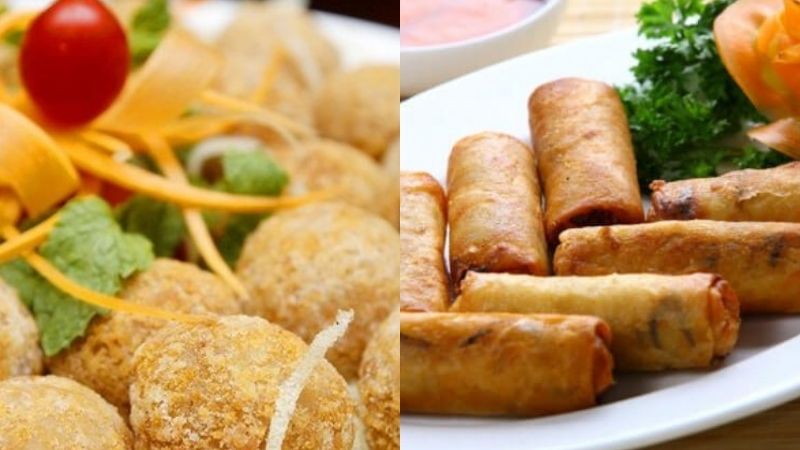
To hearty main courses: Steamed Taro with Shrimp and Pork, Duck Cooked with Taro,…

And sweet treats: Taro Pudding, Taro Ice Cream,…
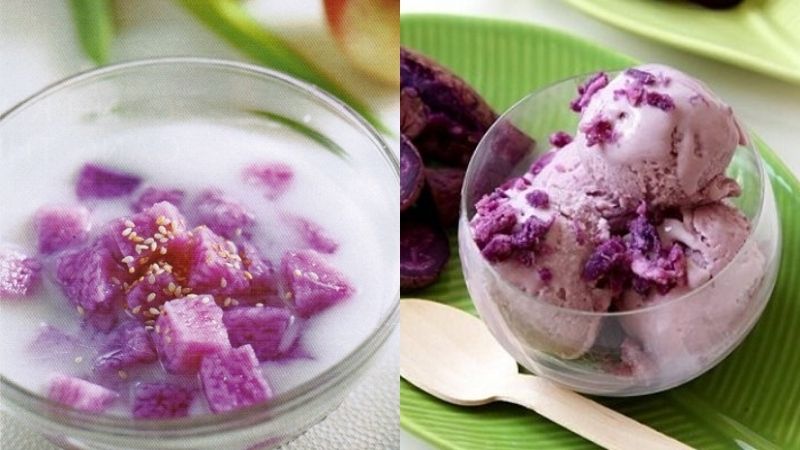
Additionally, taro is used in vegetarian dishes: Steamed Taro Cakes, Taro Soup with Sweet Corn.
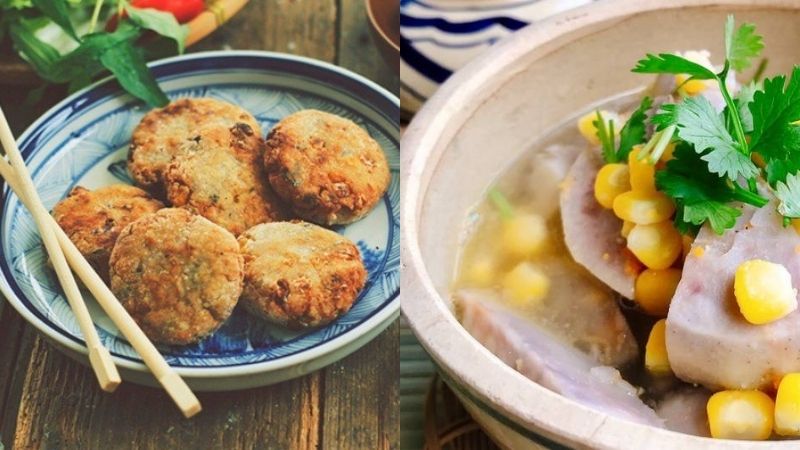
This is information about taro, and we hope it will be helpful in your daily life. Make the most of this “miraculous” vegetable, and we wish you good health!
Source: Hellobacsi
























